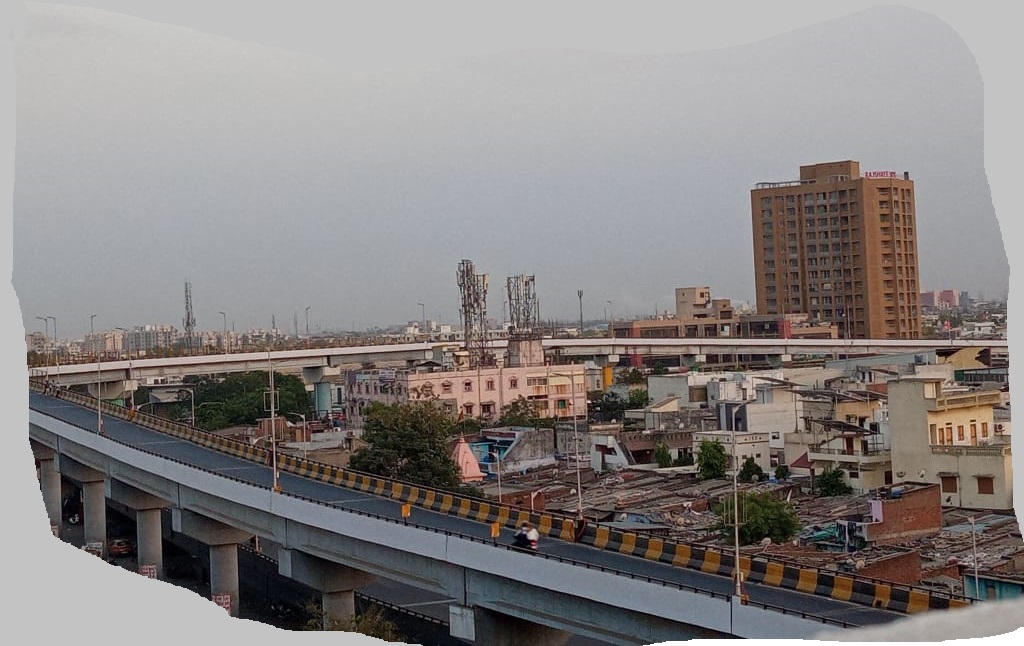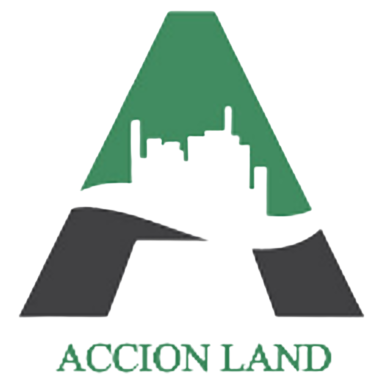
This Story – A Dream? A Reality? A Future?
What could be the story of an Aatmanirbhar city?
Once upon a time, there was a city called Adumaba wherein the local government of Adumaba was known as Aadumaba Municipal Corporation. The AMC leaders had carried out an economic development feasibility study for their community and it was their hope that this study would show them the potential opportunities available within their city for creating positive economic development, employment opportunities, and population growth. This information would then ultimately be utilized to build a strategic business plan for the city.
The leaders had already integrated and implemented a plan for the local streets, and the Corporation had been working with them on some upgrades for their main streets. As a narrator of the story, it is evident to me that the city had great leadership, and was extremely well organized. They wanted the momentum of growth to change and were prepared to implement initiatives to make it happen.
To enable such a journey a task force was created for mapping out the path of development.
The one question that the task force was to address was -‘If economic growth is the goal, where does this growth stem from, and how the citizens will become the benefactor of this growth?”. The above question was answered by the power of GeoSpatial databases and Big Data, which showcased a simpler understanding of the underlying facts which can be revealed to assess small pockets of the city.
The task force assured to consult a panel of representatives from major stakeholder groups within the city. The unifying fact that the task force had built across the panel, was their determination to achieve Green & Blue Infrastructure Development in the City of Adumaba.
The focus of the task force was to translate the findings from complexes of data structures into simpler and understandable facts to maximize the community participation through the representatives of stakeholder groups initially. To achieve such a major development, the city had formulated a strategy to reflect the Economic, Social, and Environmental Impact of the envisioned development that would ensure the increase in liveability standards of individual citizens.
The agenda was clear and with utility infrastructure in place, the city was confident to lay the foundations upon a symbol of faith amongst its people. They formulated specific goal-based activities through five steps of building a strong city branding strategy:
1. City audit to identify the strengths and weaknesses of the city
2. Construction of identity through discussions
3. Understanding competition and position finding
4. Creation of vision for city and listing of objectives
5. Developing a strategy to promote the city or the process of “branding.”
With these steps and by leveraging the power of Technological solutions, the Taskforce could achieve a Kick-off restructure to its public appearance and perception. They called it Adumaba 1.0 under which they constituted a systematic business process re-engineering that was backed by enhanced visualizations for the stakeholders to make informed decisions for the development.
The task force had defined the boundaries of achieving Green & Blue infrastructure Development by cataloging the categorical data sets on the Geo-Spatial database. These data catalogs used were unlocking the potential of big data by integrating crucial decision-making to achieve the following goals:
1. To achieve quantified milestones in measurable parameters of air Quality over a Geospatial baseline
2. To achieve a financially sustainable model with predetermined tenure to achieve ROI
3. To create livelihood opportunities for 3 million individuals
The above goals together were a mission of the city stating that the city was to reduce 25% from the current emissions occurring due to conventional Diesel Vehicles in the city. Such an ambitious mission of the city was expected to increase its liveability index score as the city would attract investments in becoming National Hub of Corporate headquarters for the Electric Vehicle Industry.
The Integrated branding & awareness plan was meticulously engineered to ensure between the multi-stakeholder interests which together would agree on expressing willingness to achieve the goals.
Here, the key strategy in fuelling the city’s impressive momentum was ascertained by a multi-year brand-building commitment. This approach in initiating, creating, and implementing a place brand proposition that had been broadly embraced by diverse stakeholders and the community at large is often termed as a tool “City Branding”.
Clearly, the city had a lot going for it – Global businesses, regional start-ups, and residents from around the Country & the world were drawn to its high quality of life, excellent programs and services, and welcoming atmosphere. It was a very different place as compared to when the committee first decided to take up such an initiative.
Back in 2011, residents numbered less than 7 million. Today, the city’s population is expected to be tripled by 2030, making it not only within the list of biggest metropolises within the country but also one of its most culturally diverse as well. The city had focused on creating homes for several businesses & Institutions with top-notch community health facilities.
The city has also won numerous citations for its future-friendly attributes including Clean and Green City Titles, Top city in Liveability Index, etc.
Adumaba continues to grow and transform itself in exciting ways. It has an ambitious and aspirational vision for the future. However, outdated perceptions often lag behind reality and can be difficult to change. Beyond its own borders, many people continue to view Admaba as simply a suburban bedroom community. City leaders continue to identify the root demands as it grows and tackles the challenges head-on.
In this context, it is obvious that urban planning & Management has to step up their game. Of what help can digital technology be?
In other words, can Smart Cities technology, i.e. the transition from analog to digital, bring about a more holistic, system-based, and scientific approach to city planning? In light of the lopsided wealth patterns of top Cities in the West, the question also becomes: Can a more scientific, data-based approach to address issues of equity be created?
The discourses on the above questions are endless, however, the practical point is which cities have been noted to take such steps and what shall it take to build such a success story for the future?
Have you heard of cities doing something similar?
I will be happy to hear more about it at [email protected]
